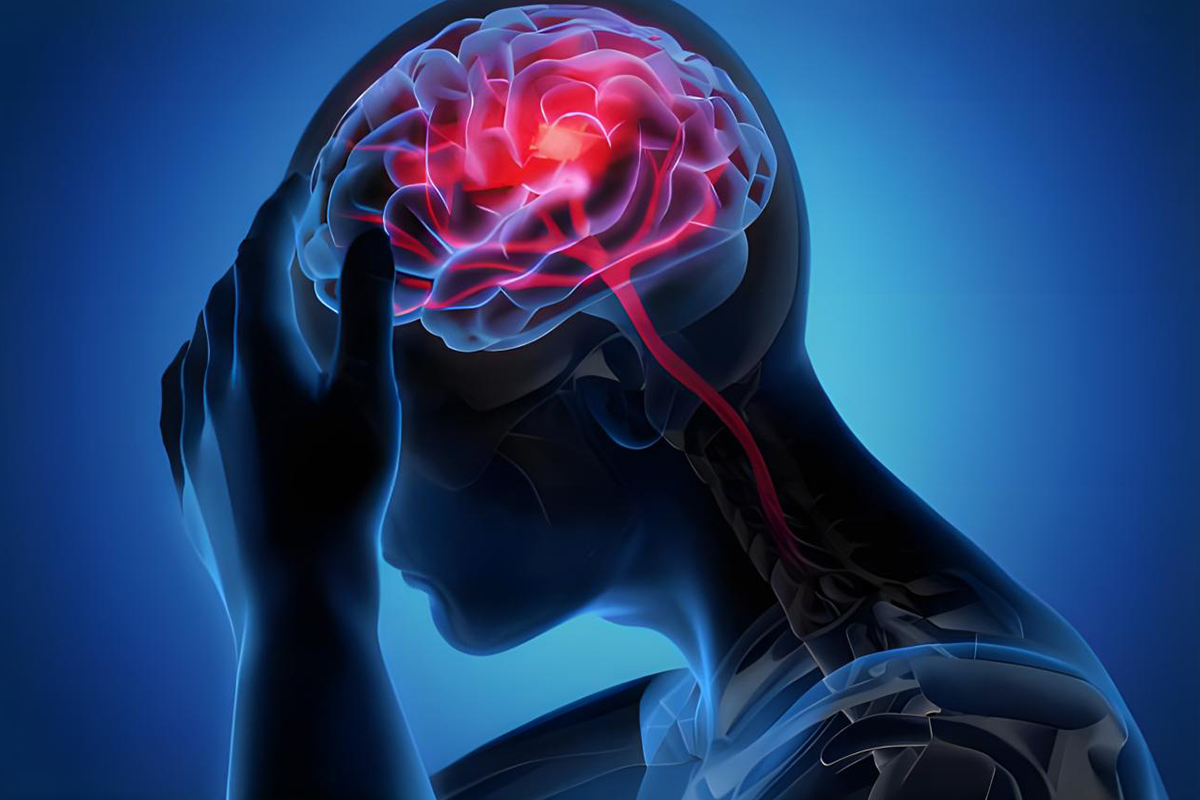Stroke is the third leading cause of death and an important source of disability in Taiwan. The majority of stroke is ischemic stroke. Oxidative stress, such as reactive oxygen species (ROS), has been reported to play a key role on the development of ischemic stroke. Mitochondria are the major cellular source of ROS. Mitochondrial dysfunction would increase ROS resulting in impaired aerobic capacity, endothelial dysfunction, vascular smooth muscle cell proliferation or apoptosis, and ultimately, the development of atherosclerosis and atherosclerotic plaque, which are the important causes of ischemic stroke.

Mitochondrial Diseases and Stroke
Mitochondrial diseases often cause stroke-like attacks, which are often temporary and are caused by DNA mutations in mitochondria. In recent years, due to the advancement of molecular biology, the locations of multiple mutations have been identified To determine. Diagnostic methods include detection of lactate concentrations in blood and cerebrospinal fluid, brain computed tomography, MRI, muscle biopsy, and molecular genetic testing.
Mitochondria have their own DNA, and their main function is to produce ATP through oxidative phosphorylation. Its inheritance patterns include spontaneous, maternal inheritance, or in accordance with Mendelian inheritance laws. Because the brain's energy requirements are extremely high, When there are lesions in the mitochondria, symptoms such as limb hemiplegia, disturbance of consciousness, and epileptic seizures often occur, and the clinical manifestations are similar to those of general strokes.
Although mitochondrial disorders can affect a variety of organs, the mitochondrial pathology of greatest concern to neurologists is the onset of stroke. It usually presents with brain lesions, lactic acidosis, and stroke-like attack syndrome (MELAS). MELAS was first described by Pavlakis et al. in 1984. People with this type of stroke are usually younger, often developing before the age of ten. Patients usually develop more slowly than normal and are thinner and shorter. Sometimes there are only some simple symptoms before a stroke, such as migraine, and then a variety of symptoms will develop after an acute attack. When symptoms of stroke appear, patients often suffer from headaches, vomiting, myocardial epilepsy, etc. Others include diabetes, deafness, blindness, etc. Poor brain function increases with repeated strokes. Some patients may experience acute mental symptoms, behavioral changes, and hallucinations during an attack. In terms of laboratory tests, lactic acid and pyruvic acid will be elevated in the blood and cerebrospinal fluid.
During an acute attack of stroke-like syndrome, the imaging is different from that of a general stroke. Cortical and subcortical white matter lesions can be seen on brain images. The scope of lesions may not be distributed according to the arterial blood supply area, and often invade the posterior hemispheres of both sides. There are multiple lesions in the temporal lobe, parietal lobe, and occipital lobe. At this time, patients often have hemianopia and cortical blindness. In the chronic stage, calcification of the basal ganglia, brain atrophy, ventricular enlargement, and cortical atrophy can be seen. and cerebellar atrophy. Nowadays, MRI scans can provide multiple sets of scans to show metabolic abnormalities. For example, MRI mass spectrometry can detect high lactate levels, so be sure to look at atypical stroke images. Thinking about the possibility of mitochondrial disease.
Typical stroke-like symptoms can show rough and uneven red fibers in muscle sections. However, if no abnormalities are found in muscle sections, the possibility of mitochondrial disease cannot be completely ruled out. And stroke in the brain Lesions will show reduced nerve cells, vacuolar necrotic lesions in the gray matter, and demyelinating lesions in the white matter area.
Activating mitochondria reduces the chance of mitochondrial disease

The treatment principle is different from that of general stroke. The main purpose is to give the patient enough energy to avoid further metabolic deterioration. Drugs that assist mitochondrial function can be used to avoid the accumulation of abnormal and harmful metabolites in the respiratory chain. CoQ10 is commonly used in clinical practice. Experiments have shown that it can reduce the blood lactate level of patients and reduce the number of stroke-like attacks. The use of various antioxidant drugs can also be considered.
If mitochondria can be activated in a timely manner, DNA mutations in mitochondria will inevitably be reduced, further reducing the chance of mitochondrial disease.
When we have a deeper understanding of mitochondrial diseases, we can improve the chance of diagnosis. Strokes related to this type of mitochondrial disease are different from ordinary strokes and are clinically quite complex, often accompanied by diabetes and cardiomyopathy. , muscle weakness, epileptic seizures, etc., are quite difficult to deal with, whether they are treated or diagnosed, they need to be approached from different angles.
(Reference source: Dr. Chang-Hong XU, attending physician at the Department of Neurology, Tri-Service General Hospital, the article is reprinted from the website of the “Taiwan Stroke Association” website【Mitochondrial Diseases and Stroke】, the image and text have been edited and the subtitles have been added).


